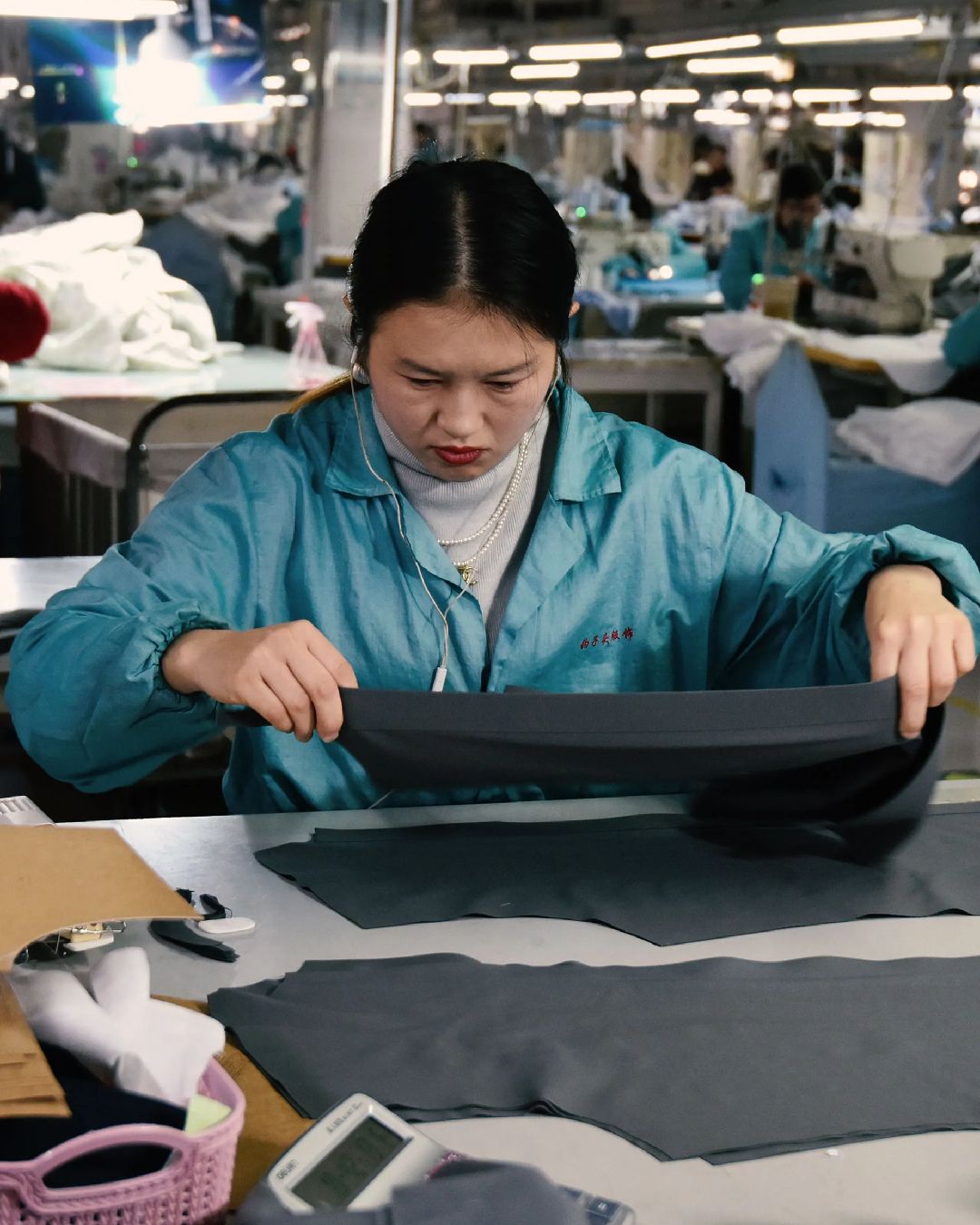
How can fashion compensate for the lack of tailors? Few people nowadays know how to use a sewing machine
The fashion system is increasingly suffering from a shortage – among others – of tailors, embroiderers, pattern makers, and prototypists – all essential figures in the clothing creation process. People who can properly use a sewing machine, or do it by hand with the required standards, are now rare, partly because these are very complex techniques – and learning them requires years of training and practice. However, the generational turnover has only occurred to a small extent. The reason is not only cultural. While it is true that – generally, but especially in fashion – there are fewer professionals capable of technical work, the production processes themselves have changed. Compared to the past, garment production is increasingly industrialized, and often outsourced to external companies. With the rise of fast fashion, the tradition of artisanal tailoring has gradually diminished, as has the training of new talent, which has even jeopardized the economic sustainability of some businesses.
From the supply chain to workers' rights, from recycling to making the process of manufacturing far more energy-efficient, things need to change on all fronts if the fashion industry is to become sustainable in a way that counts.
— Stephanie Srikandi (@stephanietials) December 29, 2020
However, the shortage of personnel primarily affects those professions that work within individual fashion houses, creating prototypes and samples. The design and creation process of a garment involves not only tailors but also prototypists and pattern makers, among others. While tailors are responsible for the final assembly of the garment, prototypists oversee the creation of garments from the designers' sketches. Pattern makers, on the other hand, create the templates, which are the fabric pieces that will form the garment itself. All these figures need to have in-depth knowledge of materials, sewing techniques, and pattern making. It is this know-how that enables the creation and final production of prototypes, and it is increasingly rare to find it among young people.
What can the fashion system do to address this problem
@nssmagazine The new Gucci FW24 show: the menswear iteration of Sabato De Sarno's new creative direction. The collection explored the fashion house's new aesthetic codes, including satin silhouettes and precious details. What did you think? @Sabato de Sarno @Gucci #sabatodesarno #gucci #show #fashionshow #fashionweek #fw24 #mfw #mfw24 #milanfashionweek #dietrolequinte #bts #invitation #fashiontiktok #tiktokfashion #runway #milano #milan Ancora, ancora, ancora (Extended Version) [Mark Ronson Remix] - Mina
In general, technical trades are considered less attractive than in the past. Despite their importance, these are professions that have suffered from cultural devaluation of artisanal professions, which has discouraged young people from choosing more manual-oriented educational paths. Even in fashion, there is high demand for courses that emphasize theoretical and design approaches, but much less for more practical and technical paths. Essentially, in terms of education, there are many more people aiming to design or narrate garments compared to those studying to create them. Therefore, companies in the industry, in order to bridge this gap, must be able to offer greater career and earning prospects for technicians, emphasizing these professions more and better communicating their relevance. Larger companies are partly succeeding in this: thanks to established structures, it is easier for them to promote the professional and economic growth of their personnel.
However, the same cannot be said for smaller brands, which make up a large part of the industry in Italy and contribute to the reputation of Made in Italy. The difficulty in finding professional figures in embroidery and tailoring slows down business growth. In an attempt to change the negative perception of purely technical professions, the fashion industry is also trying to raise awareness among people – especially young people – about the potential of this craftsmanship market. At the same time, companies are developing internal training programs. Some individual companies, to compensate for the lack of technicians, are even launching their own academies, with the aim of later integrating students into the company. Studying at fashion institutes – which are almost always located only in major cities – is not accessible to everyone: these parallel projects instead bring fashion to areas beyond the reach of major industry institutions.














































